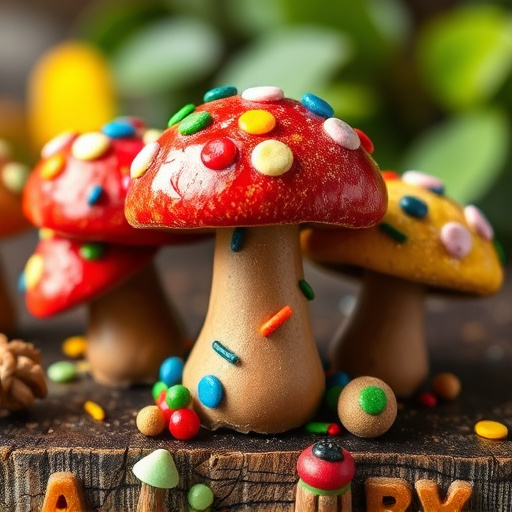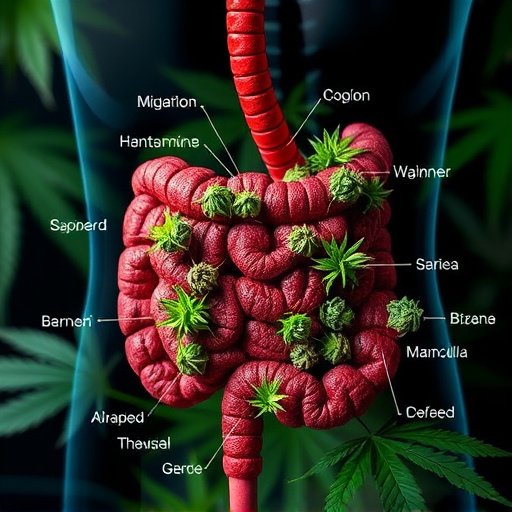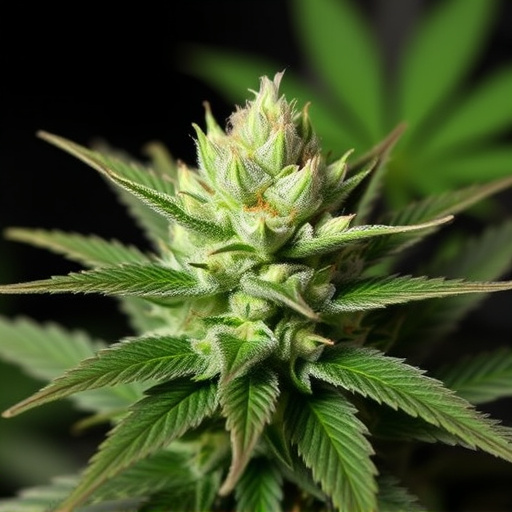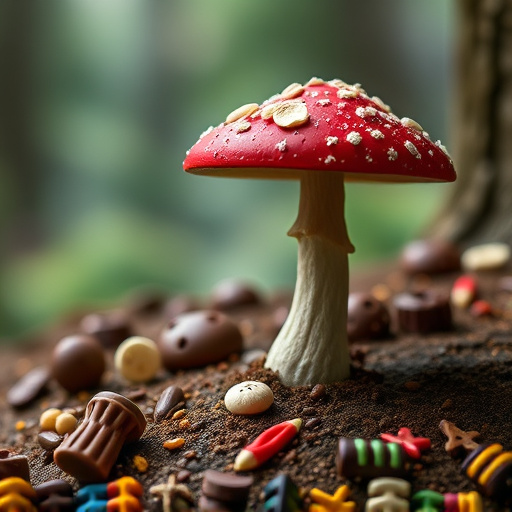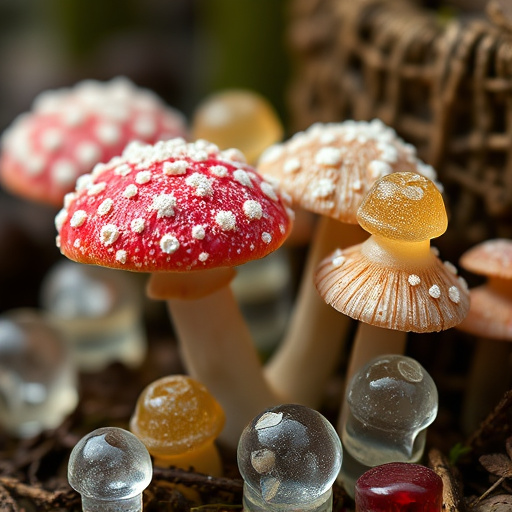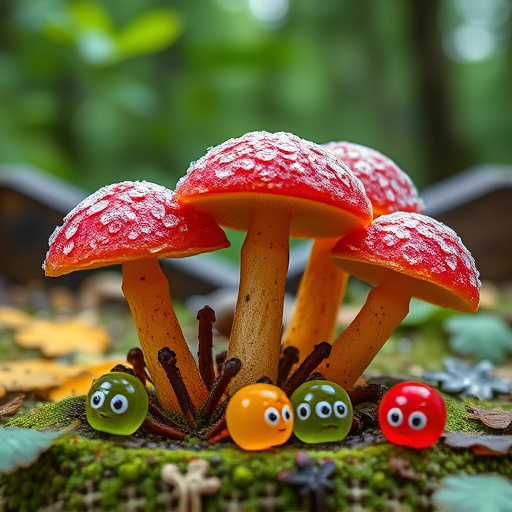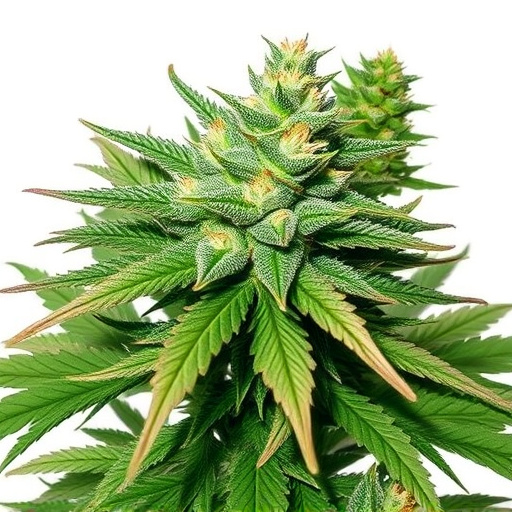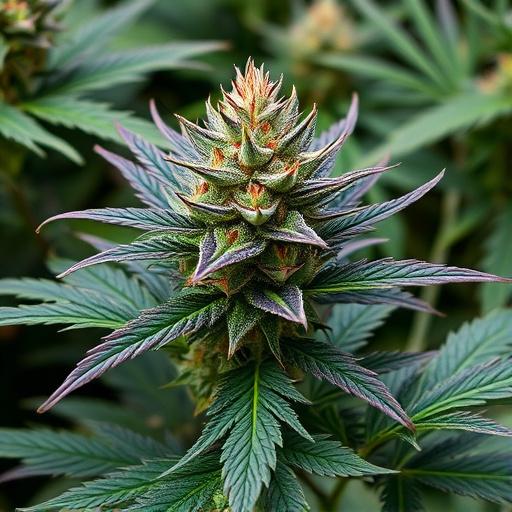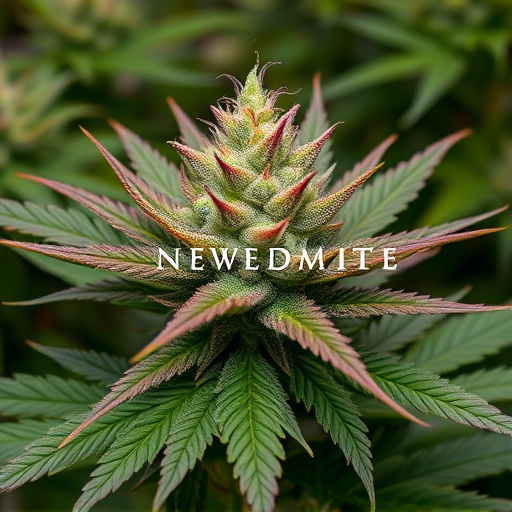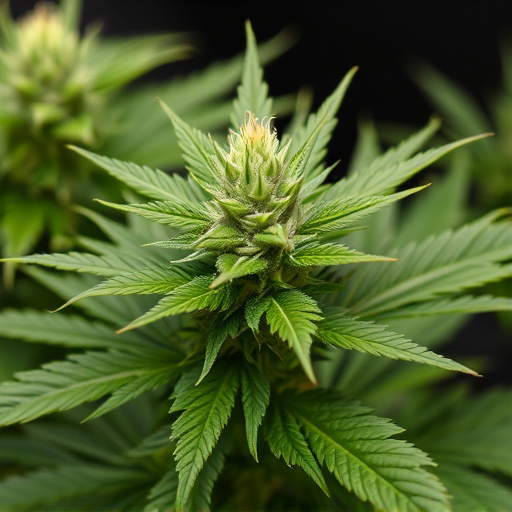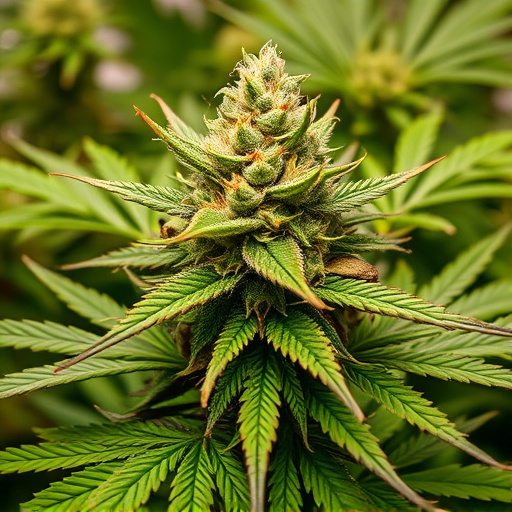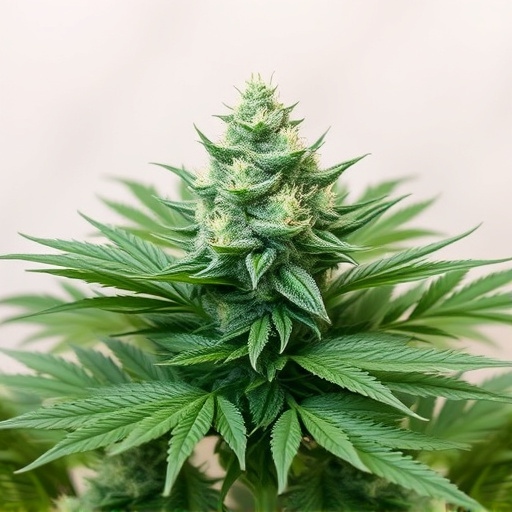The aging of cannabis significantly impacts its potency and chemical makeup due to storage conditions, humidity, and time. This process causes the breakdown of THC into compounds like CBN and THCV, potentially leading to milder effects compared to freshly harvested, high-potency newest strains of cannabis. Understanding this decay science is crucial for consumers looking for predictable experiences with aged cannabis products.
Can old weed still get you high? It’s a question that puzzles many. As cannabis ages, its potency can fluctuate significantly. Understanding how THC levels decay over time is crucial for users seeking the desired experience. This article dives into the science behind THC decay and explores the impact on traditional versus newest strains of cannabis, shedding light on what factors influence their effectiveness.
- Understanding Cannabis Aging and Potency
- The Science Behind THC Decay
- Newest Strains of Cannabis: What's Different?
Understanding Cannabis Aging and Potency
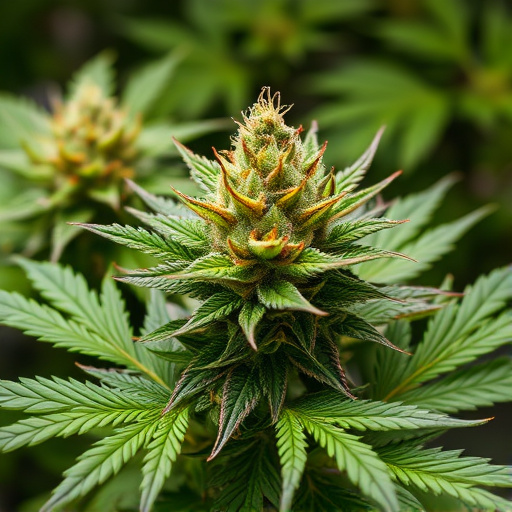
Cannabis, like many other organic substances, undergoes a process of aging that can significantly impact its potency and effects. As cannabis flowers age, they naturally break down, leading to changes in chemical composition. This breakdown is influenced by various factors such as storage conditions, humidity, and time.
The newest strains of cannabis are often developed with specific potency levels and unique chemical profiles in mind. However, as these strains age, their active compounds like THC (tetrahydrocannabinol) and CBD (cannabidiol) can degrade or convert to other forms. This means that what you might consider “old weed” could have a different impact on your body compared to freshly harvested cannabis. Understanding this aging process is crucial for consumers who want to know what effects they can expect from older cannabis products.
The Science Behind THC Decay
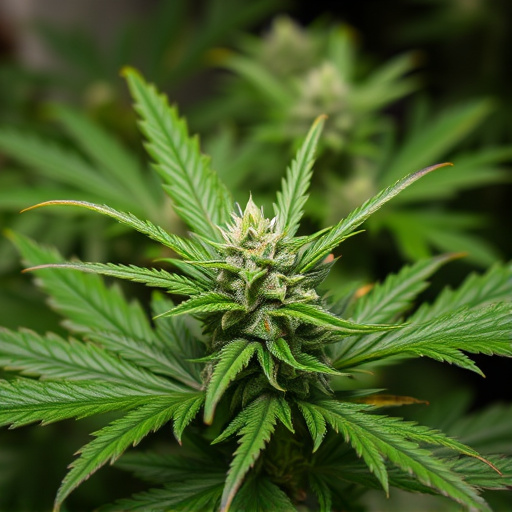
The science behind THC decay reveals that tetrahydrocannabinol (THC), the primary psychoactive compound in cannabis, undergoes a natural process of degradation over time. When cannabis is harvested and exposed to air, light, and moisture, THC begins to break down into various by-products. One key factor is oxidation, where THC reacts with oxygen, leading to the formation of new compounds that can alter the plant’s effects. This process explains why older cannabis strains may not deliver the same intense high as newer ones, despite still containing THC.
Researchers have identified several degradation products, such as cannabinol (CBN) and tetrahydrocannabivarin (THCV), which can contribute to different sensory experiences. While CBN is known for its sedative properties, THCV may stimulate appetite and enhance energy levels. As cannabis ages, the ratios of these compounds change, potentially resulting in a milder high or even a more balanced effect compared to the potent highs often associated with the newest strains of cannabis.
Newest Strains of Cannabis: What's Different?
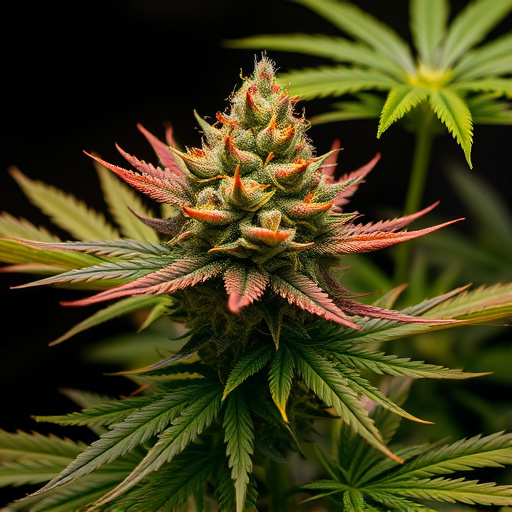
The newest strains of cannabis have revolutionized the industry, offering a diverse range of experiences and effects. These modern varieties are cultivated with precision, focusing on heightened THC levels and unique terpene profiles to create potent and distinct highs. The rise of high-potency strains has changed the game for consumers, providing options that can be significantly stronger than older varieties.
While “old weed” may still possess some residual potency, the newest strains represent a significant evolution in terms of strength and variety. With advancements in cultivation techniques and genetic engineering, breeders have been able to unlock new levels of potency, creating an entirely different sensory experience compared to what was available even just a few years ago.
While age can impact the potency of cannabis, it doesn’t necessarily mean that old weed can’t get you high. The science behind THC decay reveals that proper storage methods can significantly preserve its effectiveness. Furthermore, the newest strains of cannabis are bred with enhanced THC levels and unique profiles, offering potent experiences regardless of age. So, whether you’re enjoying an aged stash or exploring modern varieties, understanding these factors ensures a satisfying cannabis experience tailored to your preferences.
